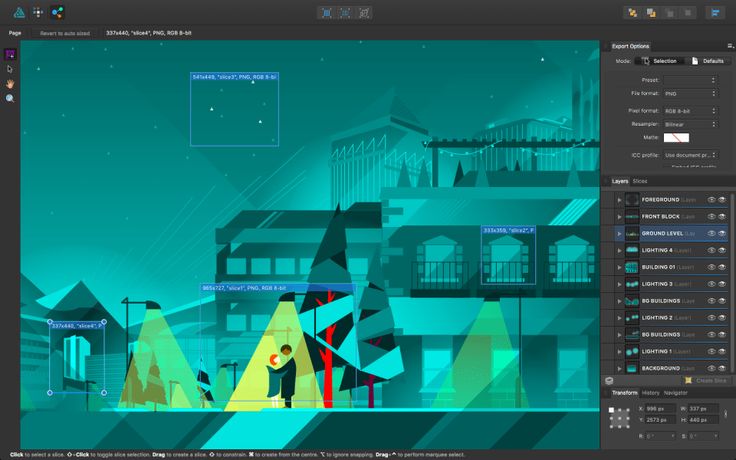
Not that AppImages need them to, but it'd be nice. Very few developers distribute via AppImage and basically no DEs understand what they are. Oh, if only AppImage was widely accepted. > Except there is a widely accepted standard for binary application distribution: AppImage ( ) On Windows I'd have to look for whatever piece of ad-laden "graphics management suite" I need and then install it as well as regularly update it. I'm not saying there aren't ever any driver bugs now and then, but just a food for thought: My graphics card works perfectly out of the box, without any configuration or driver installation at all, on most recent (read: not ancient) Linux versions. No need to install anything.ĪppImage was created for precisely this scenario: When you want to distribute a proprietary application without worrying about packaging it for different Linux distributions.Īnd for the driver issues: This is being brought up now and then, but comparing the amount of issues I've had with my AMD graphics card on Linux (essentially none) with the amount of anecdotes of Windows driver issues I regularly see in certain forums, I'd say driver issues are a myth by now (to a certain extent of course, please don't bring up how you had to install a firmware package for your Broadcom wireless chipset.). It's a fire-and-forget solution: You download the AppImage and run it. I shouldn't have to explain why this is a problem here.Įxcept there is a widely accepted standard for binary application distribution: AppImage ( ). unless you lump all the different package repos, formats, and managers together. "Linux" here is taken as shorthand for "The GNU/Linux Desktop". I sympathise with people who want to be able to use their favorite software on a FOSS OS, I'm right there with you, but that will always be an uphill battle on Linux because the culture is deeply anti-platform. As game developers discovered, Linux will often account for a vastly disproportionate amount of your bug reports for its share of installs. That's without even getting into things like driver issues that are arguably not Linux's fault. There is a ludicrous level of fragmentation where even individual distributions break compatibility with themselves every few years, and there is no widely accepted standard for binary application distribution. The obvious explanation for this is that $50 six years ago isn't enough to sustainably develop all the functionality of a full Illustrator replacement, but to that end, I wonder why Serif hasn't made any movement toward a paid upgrade path.Īnd Linux is absolutely the worst "platform" you could ever have to port commercial software to. That roadmap has long since been deleted, and most of the features added to Designer since then have been subtle workflow enhancements (a contour tool last year was a notable exception). Circa 2015, they had a public roadmap of everything they planned to add to the 1.x branch, including key illustration features such as shape blends and distortion envelopes.

Serif's long-term aims with its vector package remain a mystery to me. For side projects, I've made it work – for all the effort Serif has put into improving the fundamentals, Designer remains a feature-poor Illustrator replacement for complex illustration. I've been using Affinity Designer since its beta in 2014, and it has made the gradual decomposition of Illustrator CS6 (the last non-rental version, effectively unusable on modern MacOS) much easier to endure.įor my professional needs, Designer is a perfect fit, as I only use it when I need to design an icon that would be too complex for Sketch.


 0 kommentar(er)
0 kommentar(er)
